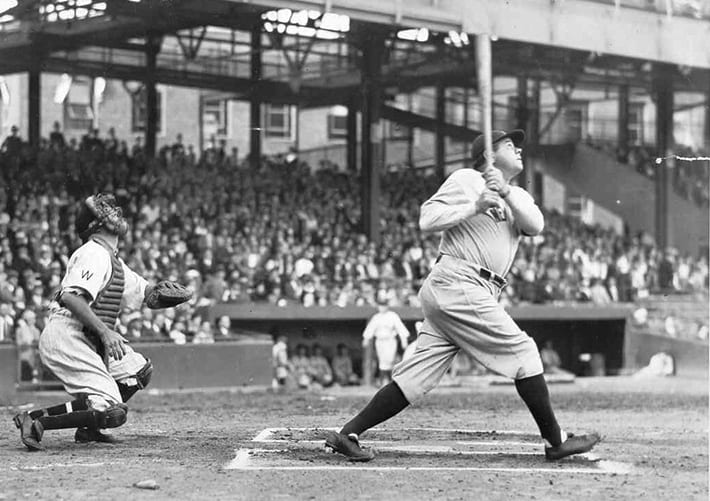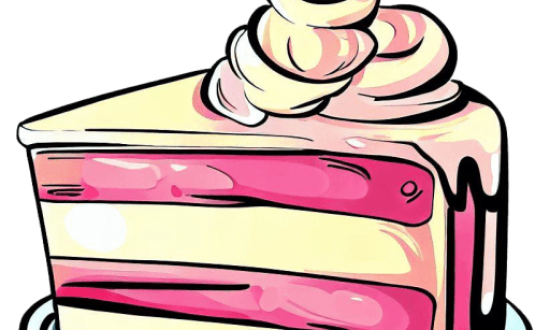
History of Baseball
Baseball is America's national pastime, but how much do Americans really know about its history? The game has been played in the United States for nearly two centuries, from its humble beginnings in the Northeast to the multi-million dollar professional sports franchise we know today.
The history of baseball began when the English game of “rounders” was first played in America, where it was referred to as “townball,” “baseball,” or simply “base.” One of the first milestones in the history of baseball came in 1845, when Alexander Cartwright invented the game we know today as baseball. Cartwright’s New York Knickerbocker Base Ball Club was the first organized ball team in the history of baseball. Though the Knickerbockers were strictly an amateur team from formation to disbandment, Cartwright developed the “Knickerbocker Rules” of baseball, which were later adopted as standard by the growing sports league. One of the most significant changes from rounders to Cartwright’s baseball was the ban on “plugging” a runner—which meant hitting him with the ball to get an out. Cartwright intended baseball to be a gentleman’s game.
The first recorded game in the history of baseball took place in 1846 between the Knickerbockers and the nine-man New York Baseball Club. Despite having invented the game, the Knickerbockers lost 23 to 1. Still, the Knickerbocker Rules were accepted and implemented. At first there were two sets of baseball rules, commonly called the New York rules (Knickerbocker) and the Massachusetts rules. However, the Massachusetts variations were eventually discarded.
1857 marked another turning point in the history of baseball when the first organized baseball league was formed. Along with fifteen other teams, the Knickerbockers formed the National Association of Base Ball Players (NABBP) and established the first championship games. League membership grew to nearly 100 clubs by 1865, and in two short years there were more than 400 clubs enrolled in the NABBP. The most prominent member club of the NABBP was the Cincinnati Red Stockings, who also held the distinction of being the first professional team, as they were the first with openly salaried players. At its inception, the NABBP was an amateur league.
By 1860, baseball was already being hailed as the national pastime, a tag that remains with the sport today. 1870 brought another hallmark in the history of baseball when a division developed between professional and amateur players, resulting in the formation of the National Association of Professional Base Ball Players. The name was soon changed to the National League of Professional Base Ball Players as the amateur clubs drifted from the baseball scene, and this became the National League that operates today.
Beginning in 1900, the baseball entered a dark period known as the “dead ball era”. This period, which lasted until 1919, was characterized by low-scoring, pitcher-dominated games that offered little in the way of entertainment for stadium crowds. Adding to the troubles was the actual monetary cost of the baseball itself: three dollars, a hefty sum at the time that club owners were reluctant to pay. For this reason, a single baseball was typically used for an entire game, and by the end of the ninth the ball would end up misshapen and black with mud, grass and tobacco juice. Thus, “Dead ball” also referred to the condition of the baseball itself.
Despite its troubles, the sport of baseball continued to flourish. During the dead ball era, the popularity of baseball was fortified with the construction of new, large stadiums dedicated to the game. Famous fields built in the early 20th century included Fenway Park in Boston; Brooklyn’s Ebbets Field; Shibe Park in Philadelphia; and Chicago’s two baseball signatures, Comiskey Park and Wrigley Field. This era also featured some of the first legendary players in the history of baseball, including celebrated shortstop Honus Wagner and the irascible Ty Cobb. Legendary pitchers Cy Young, Walter “The Big Train” Johnson, and Grover Cleveland also hung their stars during the dead ball era.
What was responsible for the end of the dead ball era? There is little disagreement that a major turning point in the history of baseball came about in 1920 with a single rule, and a single player. The rule, enacted by the National League, outlawed tampering with the ball, which eliminated pitcher tricks such as spitballs, shine balls, and other methods of producing unnatural baseball flight. Discolored balls, which were harder for players to see, were also banned. This was strictly enforced following the death of Ray Chapman, who was struck in the temple by a wild pitch from Carl Mays and died the following day. The player who turned the tide of baseball was a star of the Boston Red Sox who was sold to the New York Yankees at the close of the 1919 season, by the name of George Herman Ruth: baseball’s own “Babe” Ruth.
Perhaps no single player has had such a major impact on the history of baseball as Babe Ruth. Red Sox manager Edward Barrow shocked the baseball world when he pulled Ruth from the pitcher’s mound to place him in the outfield. However, Barrow’s reasoning soon became apparent as Ruth’s hitting prowess proved his worth in the batting lineup: the Babe achieved an unmatched 29 runs during his last season with the Sox, a number that jumped to an unbelievable 54 in 1920 when he joined the Yankees. This penchant for power hitting became wildly popular with baseball crowds, and a shift in the game balance from pitching to hitting effectively closed out the dead ball era to usher in baseball’s golden years.
The history of baseball featured several further milestones. The Baseball Hall of Fame was instituted in 1936 with the election of five players: Ty Cobb, Walter Johnson, Honus Wagner, Christy Mathewson, and living legend Babe Ruth. 1947 saw the re-introduction of African-Americans to the national leagues, and in 1951 center fielder Willie Mays rocked the world of baseball with the infamous “shot heard round the world”. Also during the 1950’s, baseball’s first television appearance skyrocketed the sport’s popularity, giving baseball a momentous shove to the legendary status it enjoys today.

